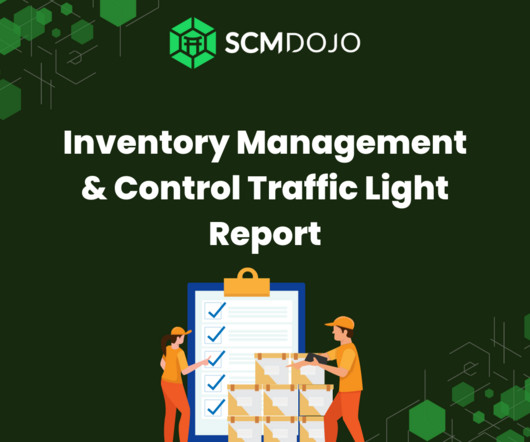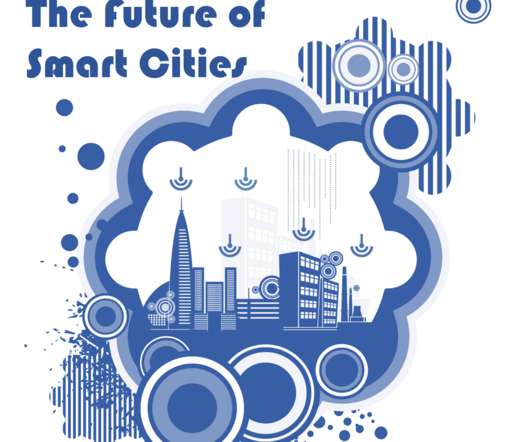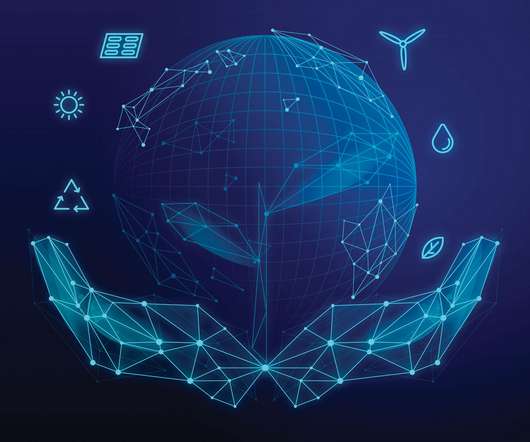Key Tools and Technologies to Build the Warehouse of the Future
DELMIA Quintiq
JUNE 21, 2021
Warehouse management is no longer the static element in the supply chain, but an area that’s ready for smart transformation. This makes warehouse digital transformation a reality in order to sustain business and thrive amidst increasing competition and market pressures. billion in 2020 and is projected to reach USD $14.18
















Let's personalize your content